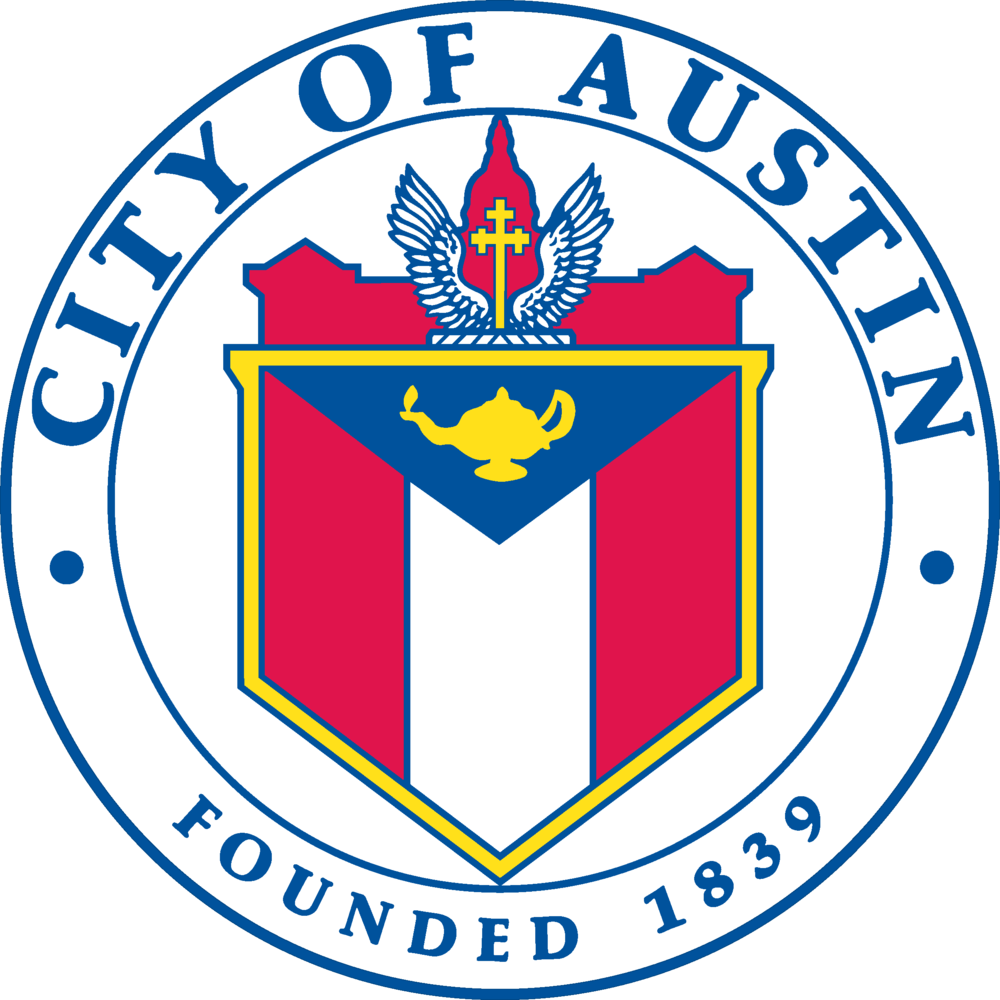




Stop Designing for Social Good, Start Designing for People
You’ve heard this phrase before: “there’s no right answer in creativity.” If I’ve learned anything from minds like Andrew Coyle and Fabricio Teixeira it’s that there is a crucial, often omitted ending to that sentence. There isn’t a single right answer, but there’s a multitude of wrong answers.
When you’re designing something that will impact the lives of hundreds, potentially thousands, suddenly the possibility of a misstep becomes much more frightening. Every day, designers work hard to make breakthroughs andbringing accessibility to those in need.
But there’s no guidebook for sketching a wheelchair for someone with arthritis, or a tried and true formula for keeping children with ADHD engaged in virtual classrooms. Designing for real people with complex challenges is not easy, and it requires unconventional research methods to better understand the individuals you’re designing for.
MyPass, and the pursuit of digital identity
Such is the case in my current role as UX Designer for MyPass, a project that seeks to tackle a massive problem for people experiencing homelessness. How many times have you lost a wallet, a driver’s license or — god forbid — your social security card? How do you think it would affect your access to basic services like banking, insurance and medical care?
Now, Imagine yourself pushing a shopping cart ten blocks to your nearest (overcrowded) shelter, and sharing sleeping space with at least twenty roommates. When you’re hungry, sick, under extreme chronic stress, and possibly mentally ill, keeping track of your birth certificate becomes much more difficult and less of a priority. Survival makes the choice between carrying a tent or a stack of medical records clear and obvious.
Space is not a luxury that people experiencing homelessness can afford.
This means people experiencing homelessness have to maintain identity documents in extreme outdoor conditions so they can try to access services, services that may or may not have a waitlist; that they may or may not be eligible for; that might take them weeks to benefit from. It’s a ridiculous expectation that the entire system is built upon. And re-acquiring a lost ID can take up to four weeks — time many people experiencing homelessness understandably see better spent helping themselves and each other.
MyPass is looking to solve that problem by building a secure, block-chain enabled platform that helps people experiencing homelessness have full digital control over these important identity documents, empowering them to access vital services like emergency housing and healthcare with much less friction.
But file storage solutions exist already…
“Have you heard of Google Drive?” jokingly said a Google executive I recently had the pleasure of speaking with. His opinion echoes that of almost everyone I speak to: there are already tools out there capable of storing files that are publicly accessible — free even.
And yet none of them (not even GSuite, unfortunately) offer a level of security that is fool-proof, and unhackable for vulnerable people that are easily preyed upon. None of their interfaces are designed with level of accessibility and simplicity that someone who is under constant extreme stress and subject to daily physical and mental trauma can easily use and understand.
More importantly, none of them foster a sense of trust that can dissipate years of broken promises and abuse, and convince a person focused on survival to pause their search for shelter and go through the trouble of using them.
This isn’t as easy as designing a file storage system.
It has complex layers of privacy and consent, identity and security, abuse, mental illness, trauma, and well-deserved distrust. I know there’s no right answer, but there are countless pitfalls. Avoiding them requires you to engage with your users with empathy and recognition — seeing them as a person and understanding that they didn’t end up there by choice.
Humanizing the design process
Yesterday I met Christopher C., an articulate, well-educated man with passion for literature and writing. Skinny and hard-toned with a full golden beard, he was wearing a grey fleece jacket with walnut elbow patches and beige jeans.
“I’m Chris,” he said, shaking my hand vigorously. “I heard you’re interested in The Challenger.” What Chris was referring to is the Challenger Street Newspaper, a monthly publication with a noble goal: ending poverty. Run and distributed by people living on the streets, it challenges the stereotype that people experiencing homelessness have nothing left to contribute to society.
I have a bachelor’s in writing and yet this man would put me to shame, bringing up obscure writers I’ve never heard of. Chris was in the middle of telling me about his recent published parody on The Torso of Apollo — a classical German poem from the early 1900s — cleverly titled The Non-Archaic Torso of Consuela (a great piece by the way), when it dawned on me: if this man was wearing a suit and tie you would hardly know he was experiencing homelessness.
Tackling such a complex issue requires a level of granularity that pulls the focus away from search engines and design books. It forces us to engage and interact with people and put ourselves in their shoes. As Kerry O’Connor, Chief Innovation Officer at the City of Austin puts it, homelessness is not an identifier. It’s not a label. It’s an unfortunate and complex situation that people end up in.
A program like MyPass that wishes to empower people through their identity should reflect that. In order to avoid the pitfalls and creatively design for people experiencing homelessness, or any other complex social challenge, we have to stop thinking of the “end-user” and start thinking of people as they are: humans, equals, neighbors.
To me, as a ‘user’ experience designer, that has become the most important lesson to keep in mind diving into this project.
Learn more about the MyPass project, and follow along with our progress.


